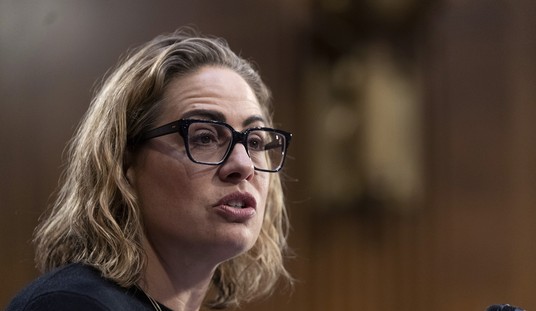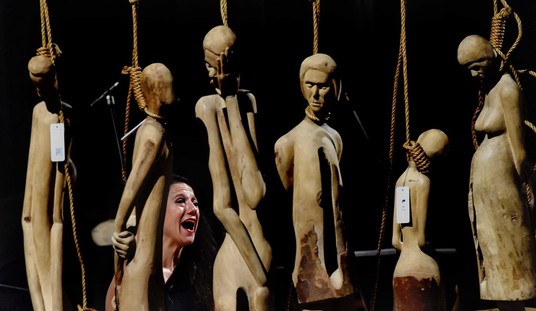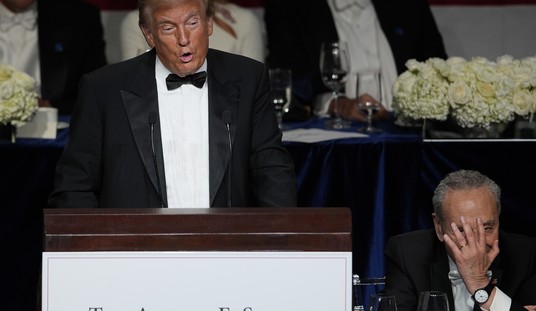Today’s jobs report from the Bureau of Labor Statistics provided a surprise — this time, a pleasant surprise, at least in its topline number. With economists expecting to see a result in the 190,000-200,000 range and ADP’s estimate for October private-sector hiring at 182,000, the BLS estimate for jobs added hit 271,000 — the best report since January:
Total nonfarm payroll employment increased by 271,000 in October, and the unemployment rate was essentially unchanged at 5.0 percent, the U.S. Bureau of Labor Statistics reported today. Job gains occurred in professional and business services, health care, retail trade, food services and drinking places, and construction.
Both the unemployment rate (5.0 percent) and the number of unemployed persons (7.9 million) were essentially unchanged in October. Over the past 12 months, the unemployment rate and the number of unemployed persons were down by 0.7 percentage point and 1.1 million, respectively. (See table A-1.)
Among the major worker groups, the unemployment rates for adult men (4.7 percent), adult women (4.5 percent), teenagers (15.9 percent), whites (4.4 percent), blacks (9.2 percent), Asians (3.5 percent),and Hispanics (6.3 percent) showed little or no change in October. (See tables A-1, A-2, and A-3.)
It’s not all peaches and cream, however. The workforce participation rate remains mired at a 38-year-low of 62.4%; its parallel measure, the employment-population ratio, also remains unchanged at 59.4%. The civilian labor force did expand in October by 313,000, however, which would be a good sign if it remains a consistent trend. However, the labor force number for October is still 152,000 below January’s level, and 441,000 below its peak in May.
As noted, the official unemployment rate dropped to 5.0%, which is still rendered problematic by the issues of the low workforce participation rates. Still, the U-6 measure which takes some of that into account also declined, dropping below 10% to 9.8% for the first time since June 2008. The U-6 includes the unemployed as well as the marginally attached workers and those in part-time jobs for economic reasons, but still is impacted by the workforce composition shifts. The trend here is good, however, and indicates that the job market is improving.
It’s not improving strongly enough to make a big dent in the chronically unemployed, however. At 271,000, it’s real job creation in relation to population growth (~150,000 jobs a month is the maintenance level), but it’s not been consistent enough or high enough to reverse six years of job-growth stagnation. Only three months in 2015 have surpassed the 250K mark, and the previous two months averaged 145,000 jobs per month even with the modest revisions announced today. The three-month growth average even with today’s announcement is a wan 187,000 per month — barely enough to be called growth in relation to population expansion.
Still, this might be enough to get the Fed to hike interest rates for the first time since the Great Recession began. The New York Times’ Nelson Schwartz thinks it will push the Fed into action:
The American economy added 271,000 jobs in October, a very strong showing that makes an interest-rate increase by the Federal Reserve much more likely when policy makers meet next month.
The report on hiring and unemployment, released Friday by the Labor Department, was eagerly anticipated on Wall Street, where traders and economists have been sifting each new bit of economic data for any augury of the central bank’s course. …
At this level, the unemployment rate is close to what would normally be considered the threshold for full employment by the Fed and many private economists.
However, the so-called slack that built up in the labor market after the recession has altered traditional calculations of how far unemployment can fall before the job market tightens and the risk of inflation rises.
“Full employment”? Funny, no one thought 5.0% was “full employment” in the George W. Bush administration, and that was when the workforce participation rate was almost four points higher than it is today. (In May 2007, the unemployment rate was 4.4% and the participation rate was 66.0%, just for reference.) We’re far from full employment; we still have millions of sidelined workers from the Great Recession and the Great Stagnation that followed. The issue for the Fed, however, is just how much longer they can justify offering essentially free money to institutional lenders when the benefits of that policy are at best indirect for most Americans. It’s a political as well as an economic question. And this jobs report may give them a political rather than an economic opening.







Join the conversation as a VIP Member